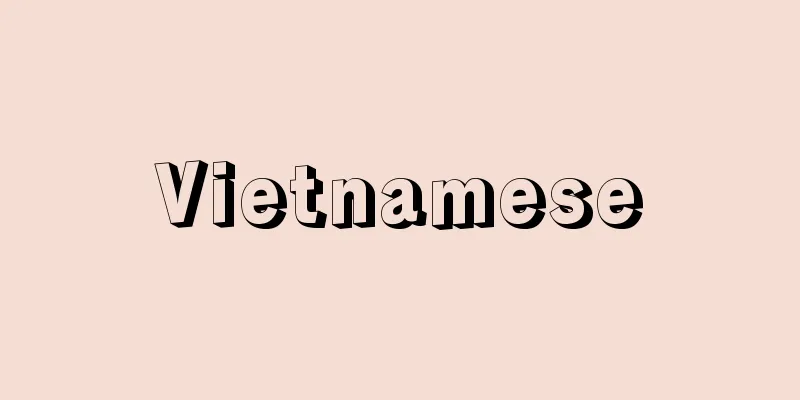Bishkek (English spelling)

|
The capital of Kyrgyzstan. Pishpek until 1926, Frunze from 1926 to 1991. It is located in the northern part of the country, at the foot of the Kyrgyz Mountains, in the valley of the Chu River at an altitude of 750-900m. It was built as a fortress for the Kokand Khan state in the early 19th century, and became the administrative center of the region that became Russian territory in 1862. It became a city in 1878, and became the capital of the Karakyrgyz Autonomous Oblast in 1924, the capital of the Kyrgyz Autonomous Republic in 1926, the capital of the Kyrgyz Republic in 1936, and the capital of independent Kyrgyzstan in 1991, and changed its name from Frunze to Bishkek. During World War II, heavy industry began by companies evacuated from the west, and industrial production increased in the 1960s, leading to rapid development. The city's main industries are agricultural machinery, physical equipment, textiles (kenaf (plant fiber), worsted wool, ragwort), food (meat, flour, wine), and tobacco. It is also the cultural and educational centre of Kyrgyzstan, with theatres showing opera, ballet and puppet shows, a museum house, universities of agriculture, engineering, medicine, education and physical education, and the Academy of Sciences. A branch line of the Turkshib Railway, which links Central Asia and Siberia, runs through the city, as does a highway linking Almaty in southwestern Kazakhstan with Tashkent, the capital of Uzbekistan. There is also an airport. Population: 865,100 (2009). Source: Encyclopaedia Britannica Concise Encyclopedia About Encyclopaedia Britannica Concise Encyclopedia Information |
|
キルギスの首都。 1926年までピシペク Pishpek,1926~91年はフルンゼ Frunze。同国北部,キルギス山脈の北麓にあり,チュー川河谷の標高 750~900mに位置する。 19世紀初めコカンド・ハン (浩罕汗) 国の砦として建設され,1862年ロシア領となったこの地域一帯の行政中心地となった。 1878年市となり,1924年カラキルギス自治州の州都,1926年キルギス自治共和国の首都,1936年キルギス共和国の首都,1991年独立したキルギスタンの首都となり,フルンゼからビシケクに改称した。第2次世界大戦中,西部から疎開してきた企業により重工業が始まり,1960年代に工業生産が増大し,急速に発展。主要工業は農業機械,物理器具,繊維 (ケナフ〈植物繊維〉,梳毛,ラシャ) ,食品 (食肉,製粉,ワイン) ,たばこなどである。またキルギスの文化,教育の中心地として,オペラ,バレエ,人形劇などの劇場,住居博物館,農業,工科,医科,教育,体育などの大学,科学アカデミーなどがある。中央アジアとシベリアを結ぶトルクシブ鉄道からの支線が延び,カザフスタン南西部のアルマトイとウズベキスタンの首都タシケントを結ぶハイウェーが通る。空港もある。人口 86万5100(2009)。
出典 ブリタニカ国際大百科事典 小項目事典ブリタニカ国際大百科事典 小項目事典について 情報 |
>>: Bean goose (English spelling)
Recommend
Arthrodesis
...To correct foot drop, there are methods such a...
Chaetetes
…The representative genera of tabular corals incl...
Yazhou
…In the 2nd century B.C., during the Han dynasty,...
Kasou - Kasou
…In the Republican period, when the system of cla...
Allamanda
The most well-known of these is A. cathartica L. (...
Urajomon
〘 noun 〙 In the Edo period, when a trading ship wa...
Livestock shed - Chikusha
A building that houses and raises livestock, and ...
coffin fly
…In Europe, there is a species that even breeds i...
The Century of Education
A liberal monthly educational magazine published b...
Parnara naso (English spelling) Parnaranaso
...The original habitat of this butterfly is pres...
Okinawa mejina - Okinawa mejina
A marine fish belonging to the order Perciformes ...
Pharmacognosie
… [Pharmacognosy] The study of crude drugs is cal...
Ginzan [Hot Springs] - Ginzan
This hot spring is located in Ginzanshinhata, Oban...
Higashikushira [town] - Higashikushira
A town in Kimotsuki County facing Shibushi Bay in ...
Amis tribe
...the indigenous tribes of Taiwan Province, Chin...









